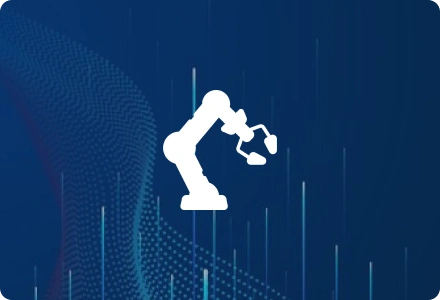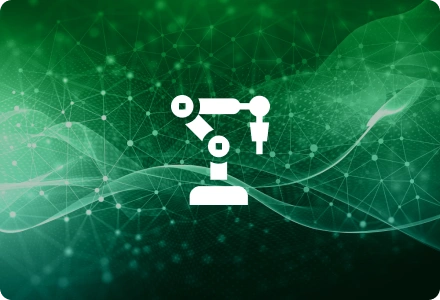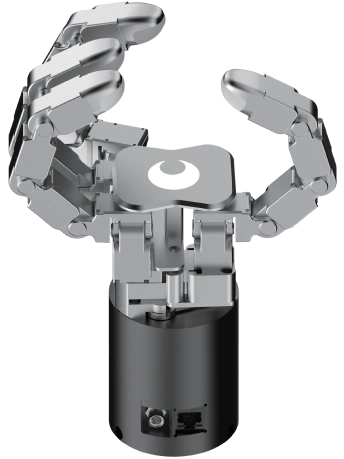
DG-4F
A gripper combining humanoid hand structure and adaptive gripping functionality
The DG-4F is a versatile 4-finger robotic gripper that combines the adaptive structure of a humanoid hand with the functional efficiency of a standard gripper.
It integrates the roles of a left hand, right hand, and parallel gripper into a single unit, offering shape adaptability and flexible operation across various environments.
Key feature
1. Innovative Gripping Mechanism
Four-finger structure combining hand-like dexterity with gripper functionality
Enables simple yet effective gripping motions
2. High-Efficiency Joint Design
Utilizes 18 joints for enhanced durability and mechanical reliability
Simplified structure ensures easy maintenance and low failure rates
3. Adaptive Gripping Capability
Fingers adjust flexibly to various object sizes and shapes
Stable handling of cylindrical, flat, and irregular surfaces
4. Durable and Robust Construction
Designed to withstand repetitive use and physical stress
Suitable for long-term deployment in industrial settings
5. Multiple Grip Modes Supported
Pinch Grip – fingertip grasp
Power Grip – full-hand grip
Precision Grip – controlled grasp using partial finger segments
Grip mode adjusts based on object characteristics
6. Flexible System Integration
Compatible with a variety of robotic arms
Offers a user-friendly control interface for seamless integration
7. Applications
Industrial Use: Object handling, assembly lines, logistics automation
Research & Development: Studies in robotic manipulation and grasp control
Educational Use: Robotics and automation training in academic environments
Specification
Power supply
24[V]
Current Consumption
Max. 10[A]
Communication
Modbus (RTU, TCP), EtherNet(TCP/IP)
Control Frequency
400Hz
Encoder
Absolute Encoder
Degrees of Freedom
18 DoF
Gripping Capacity
Maximum 10 kg (optimal 5 kg, envelop grip)
2.5 kg (pinching grip)
Weight
1,400[g]
Option
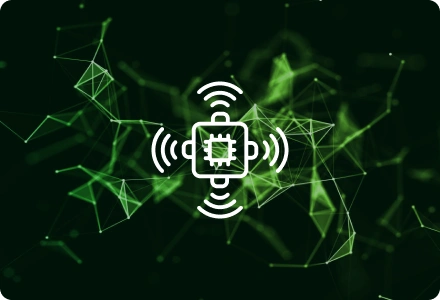
Fingertip Sensor (F/T Sensor)

Shorter wrist
Application
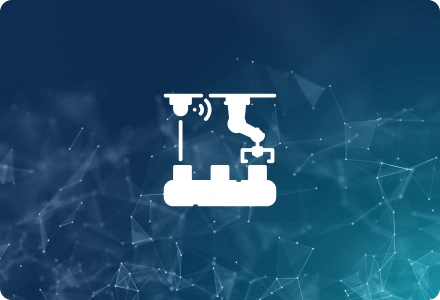
Manufacturing and Logistics Automation Processes

Robotics and AI Research
